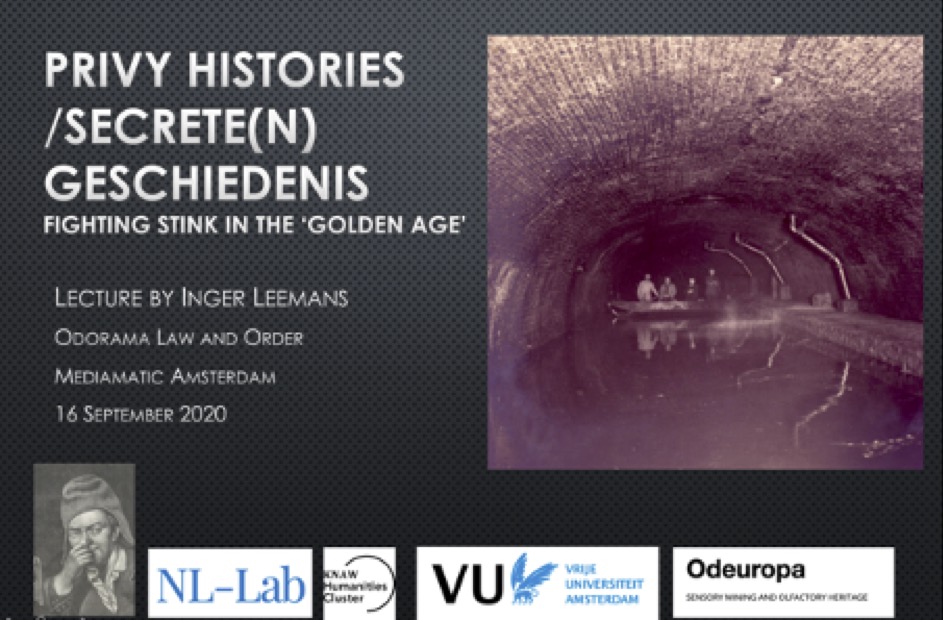An upcoming workshop on “Smell and Stereotype in 18th- and 19th-Century Visual Culture” is seeking submissions. The workshop is part of the Association for Art History Annual Conference in Birmingham, U.K. 14-17 April 2021.
Deadline for Submissions: Monday 19 October 2020
In the 18th and 19th centuries, the ‘olfactory revolution’ that reoriented conceptions of smell led to renewed meanings and functions of this sense in social life. The epistemological shift that strongly linked olfaction with the nervous system, the development of hygiene as a science, and the flourishing of the perfume industry contributed to transforming the significance of smell. The act of smelling thus became involved in many identity constructions such as nation, race, gender and class. Olfaction came to be gendered; for instance, as specific smells became associated with women, the act of smelling was seen as pertaining to the feminine by means of objects such as scent bottles that performed women’s supposed extra-sensitivity to smells, and perfume was increasingly used to bolster the association between women and flowers. At the level of nations, the high proportion of Italian and French perfumers in England contributed to the construction of national stereotypes.
This session seeks to examine ways in which visual culture expressed and reinforced the role of the sense of smell in the construction of stereotypes. Graphic satire, for example, abundantly challenged the invisibility of smell, often representing stench and fragrance in order to express political criticism, reinforce social hierarchies or identify censorious behaviour. Caricaturists, such as Gillray, Boilly and Daumier greatly contributed to stereotyping in allegories, expressions of disgust provoked by miasmas, and representations of effeminate characters such as fops, macaronis, muscadins and dandies. By examining these and other issues related to the representation of smell in the creation and circulation of stereotypes, this session seeks to provide a cross-disciplinary contribution to both the history of visual culture and the history of the senses.
Contacts:
Ersy Contogouris, University of Montreal, ersy.contogouris@umontreal.ca
Érika Wicky, Université Lumière Lyon 2 / LARHRA, erika.wicky@univ-lyon2.fr

